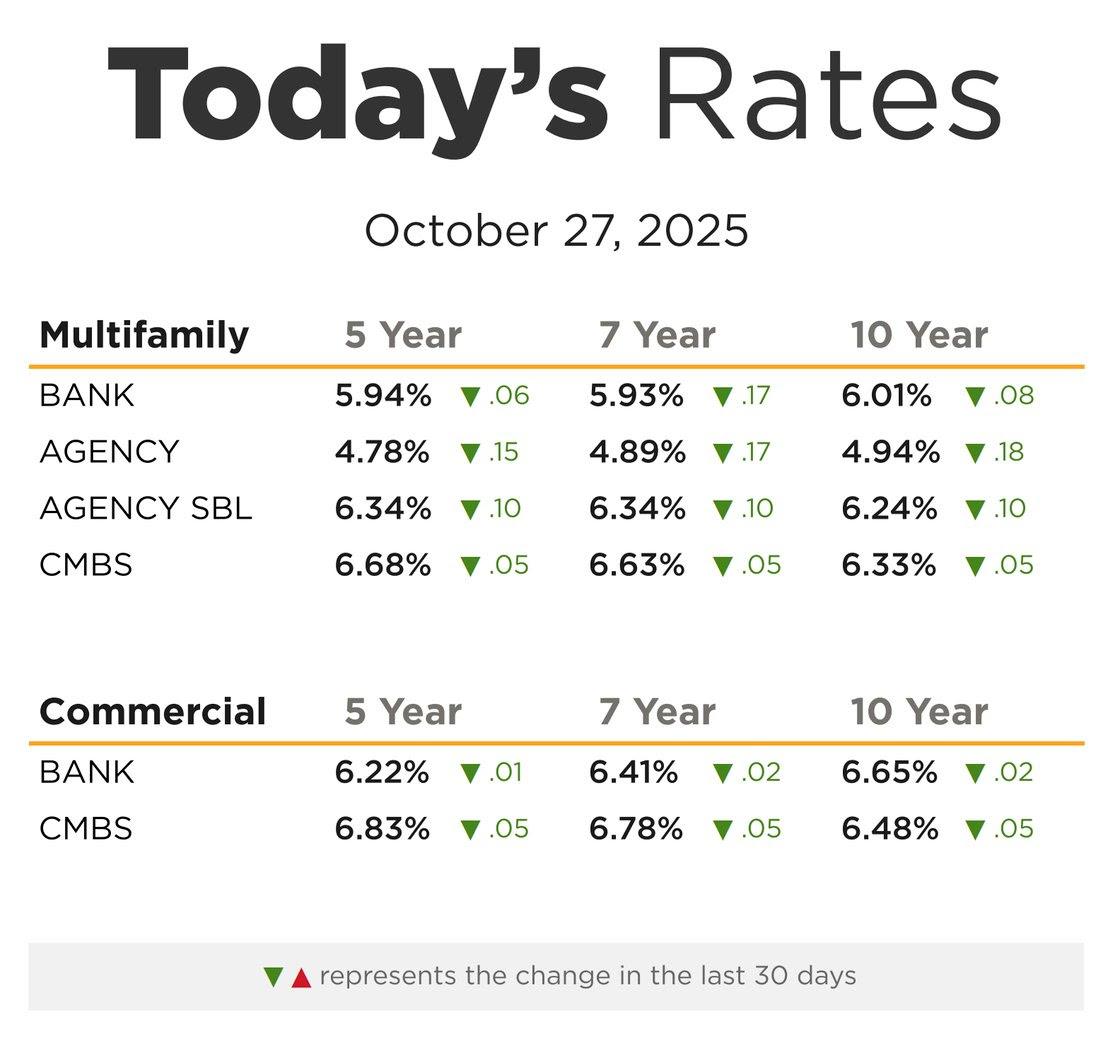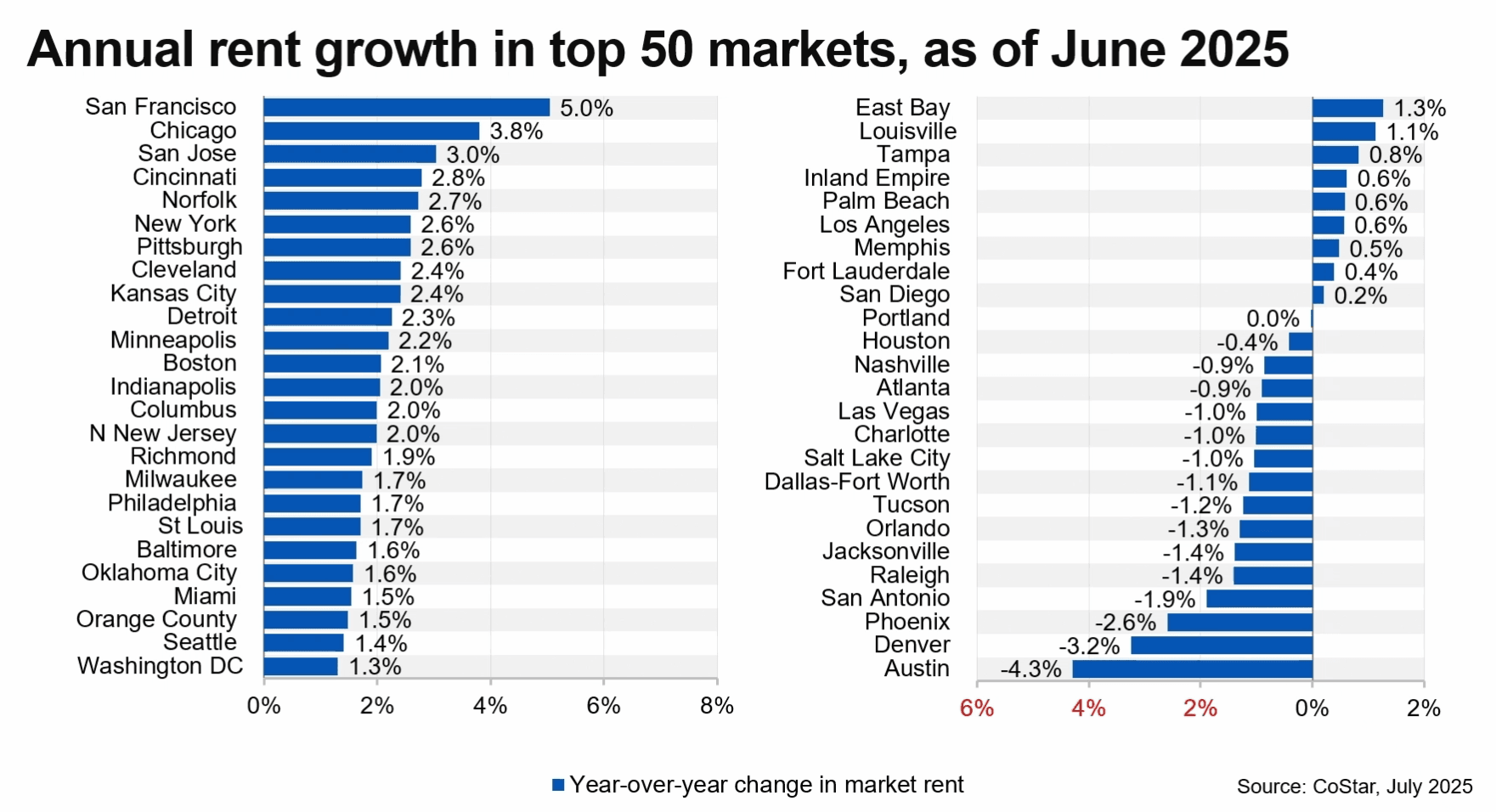There is tremendous commercial real estate market liquidity, and interest rates are low.
The $5.5 trillion stimulus is rippling through the economy.
In a recent company video, John Chang, senior vice president and director of research services at Marcus & Millichap, said that stimulus money is driving wage pressure and inflation. It is also pushing the money supply to 26% above pre-pandemic levels.
This liquidity elevation brings both good and bad news, according to Chang. “The good news is that investment real estate tends to be a good inflation hedge as costs rise, real estate rents and values tend to mark to market,” he says. “Higher building costs tend to raise property values as it slows construction and raises the replacement costs for buildings. At the same time, revenues at the properties rise as leases and rents are adjusted to market rates.”
Elevated liquidity also makes it easier to borrow, according to Chang. “Right now, there is tremendous commercial real estate market liquidity and interest rates are low,” he says.
The 10-year treasury has been around 1.5% to 1.6% since March. “The market liquidity, low-interest rates, and inflation resistance is bringing more money into commercial real estate,” Chang says.
Depending on your view, the influx of new investors seeking a hedge against inflation may be a problem, considering it is pulling more competitors into the transaction market. It is also driving up property values, particularly those asset classes that have fared best through the pandemic, like industrial, apartments, and self-storage. “For investors trying to buy properties that often makes for an aggressive bid climate,” Chang says. “That, in turn, is driving up prices and putting downward pressure on cap rates.”
However, the competition also provides a unique opportunity for investors who may want to sell, do a sale-leaseback, or trade into another property or region.
“Investors considering selling have the wind at their back right now as there are more buyers than sellers,” Chang says. “That means sellers may have a unique window of opportunity to capitalize on the wave of capital coming into the sector.”
But Chang says this could be a limited window. “The markets will recalibrate over time, and the rising inflation pressure could force interest rates upward,” he says.
One thing making it an interesting time to sell is the reopening of economies around the country. A number of states, including California, Washington, Michigan, New Mexico, New York, and Oregon, either have reopened or will reopen soon. Chang said that these full openings would give the economy a significant boost. It’s already happening with restaurants.
“In May, restaurant sales, once again, surpassed grocery sales, a major milestone all the more so because grocery sales are up 13% above pre-pandemic levels,” Chang said. “And all retail sectors are above their pre-pandemic level. Sporting goods are up 42%. Internet sales are up 34% and building materials are up 21%.”
Still, Chang says there are some headwinds, including shortages of retail items caused by supply chain backups.
“Even more pressing is our labor shortages, which are forcing some restaurants, hotels, and retailers to operate without full staff levels,” Chang said.
Receive Market Insights
Periodic analysis on rents, pricing, cap rates, and transaction activity across Chicago and key suburban markets.



